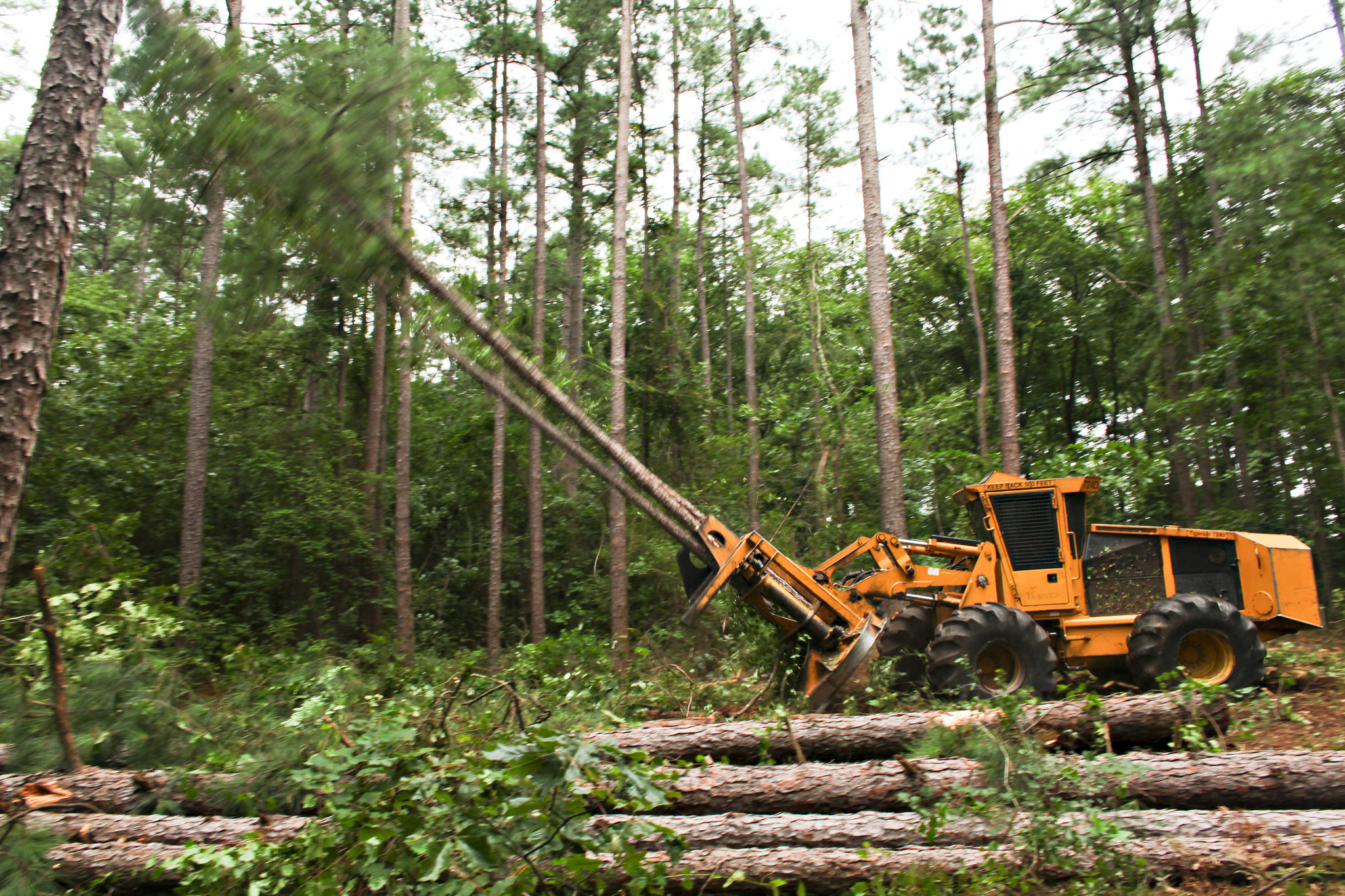By Mikayla Manthiram
Construction material costs have seen a huge surge in the past year, with lumber alone garnering price hikes of 300%. But forestland owners aren’t any better off. What gives?
Since early 2020, the cost of softwood lumber has jumped 112%, plywood prices have shot up 77%, and hardwood prices increased 32%.[1]
A perfect storm of new home building, remodeling, and DIY projects during the pandemic created unprecedented demand for new lumber. At the same time, due to workforce shortages and restrictions, many sawmills elected to temporarily shut down and many others were forced to decrease production in 2020.[2] These factors, coupled with an existing lack of wood processing infrastructure, compounded by the myriad issues COVID caused for global trade and shipping industries, have put unprecedented stress on the U.S. forest product supply chain.[3]

Private forests in the U.S. provide over 90% of our domestically-produced forest products, and despite a surge in lumber prices, timber sale revenues to these landowners have remained largely the same as they have been for the last 40 years.[4] This is because today’s sky-high timber prices aren’t caused by or related to any shortage of trees.[5] In fact, right now, a glut of 30- to 35-year-old trees (most planted with federal cost-share assistance in the 1980s) stand ready for harvest in the south but aren’t being harvested due to the lack of sufficient wood processing capacity.[6] As a result of the surplus, stumpage prices remain depressed, and forest landowners are required to compete with one another to secure reasonable timber prices.
The most meaningful course of action to address lumber supply constraints is to focus on transportation and workforce limitations — challenges that were present before the pandemic. Bills like the Safe Routes Act and the Loggers Relief Act directly address these challenges.
With pandemic limitations coming to close, the lumber market is starting to see rapid price deflation.[7] Since peaking in May 2021, lumber prices are now down 22%, and mills are starting to reopen. New housing project starts have declined by more than 9.5% and excessive demand for lumber is waning as a result. With more sawmills expanding their capacity to match the rising demand, and several announcements of new mills to be built, there is hope for landowners that lumber prices will return to normal.
Have questions? Contact NASF Forest Markets Committee Staff Rick Cantrell. Want to reach out to the author? Email intern@stateforesters.org.

